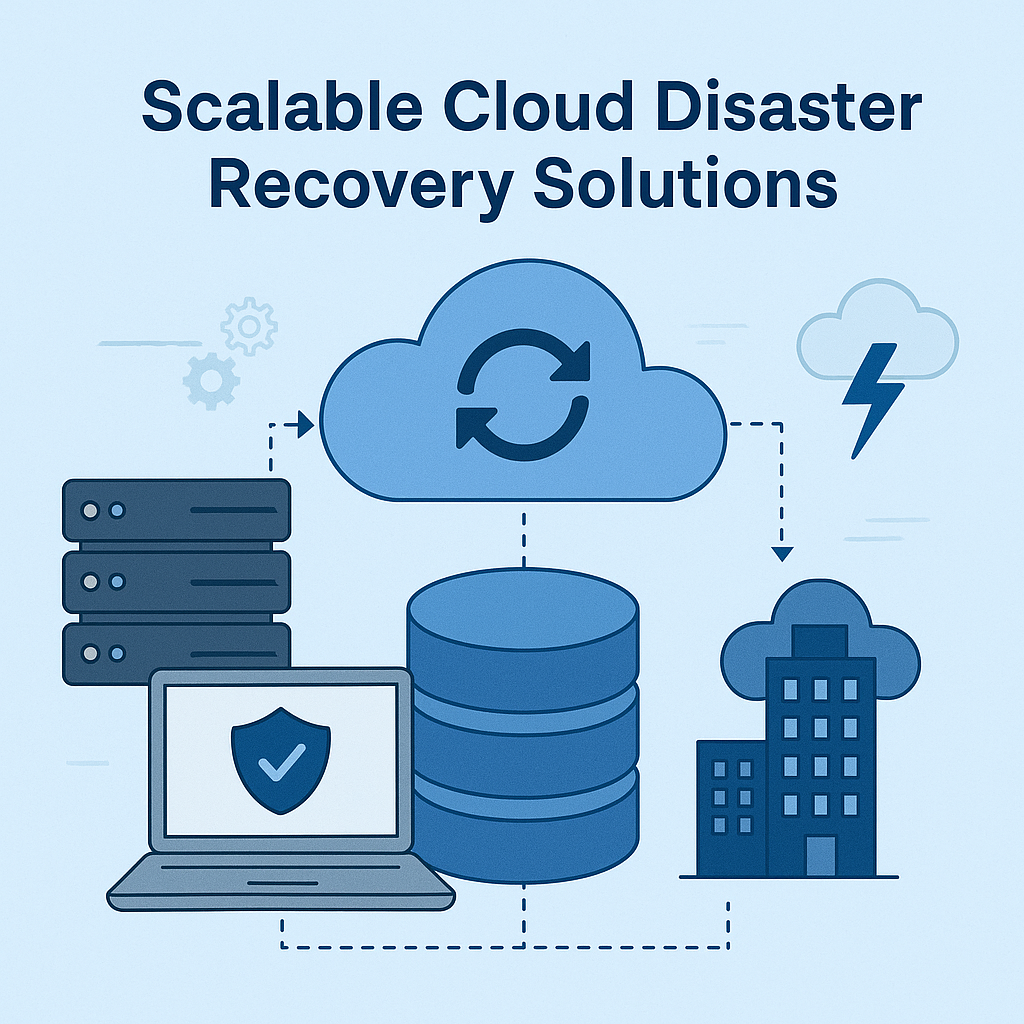
Transcloud
October 3, 2025

October 3, 2025
Almost every week, the headlines spotlight a major breach: banks disrupted by ransomware, retailers losing customer trust after stolen records, or healthcare providers forced offline due to cyberattacks. For many executives, these stories hit close to home. Despite investing in security tools and teams, they often feel like their organizations are always reacting—plugging holes, running post-mortems, and firefighting.
The problem isn’t just the rising sophistication of cybercriminals. It’s the mindset many businesses still hold: that cybersecurity is about responding when something goes wrong. But in today’s hyperconnected, cloud-driven environment, reaction is no longer enough. Leadership in cybersecurity now means anticipating threats before they surface, embedding resilience into the fabric of operations, and using security as a business advantage.
This isn’t just about protecting systems. It’s about safeguarding reputation, customer trust, and the ability to innovate without hesitation.
Reactive defense has dominated for years because it feels tangible—alerts go off, teams respond, and patches are applied. But leaders know this cycle is flawed:
Proactive defense strategies, on the other hand, fundamentally shift how businesses approach cybersecurity. Instead of reacting to incidents, they rely on predictive analytics, zero-trust architectures, automation, and AI-driven insights to stop attacks before they escalate.
At Transcloud, we’ve helped clients across industries make this transition. For example:
These are not isolated wins. They demonstrate a larger shift: proactive cybersecurity doesn’t just minimize threats—it fuels business resilience and confidence.
For decision-makers, the question becomes: why make the shift now? The answer lies in both the risks of standing still and the opportunities of moving forward.
In short, proactive security transforms cybersecurity from a cost center into a strategic enabler. Leaders who adopt this mindset can position security not as a barrier, but as a competitive differentiator.
Cybersecurity leadership is no longer defined by how quickly you can react to an attack. It’s measured by how well you can anticipate, prevent, and adapt to evolving threats while keeping the business moving forward.
At Transcloud, we work with organizations to shift their defense posture from reactive to proactive. This includes:
If your organization is still stuck in the reactive cycle, now is the time to rewrite the playbook.
Proactivity isn’t just about reducing risk—it’s about creating the confidence to scale, innovate, and lead in a digital-first world.
The next cyber headline doesn’t have to be yours. Let’s make sure of it.


